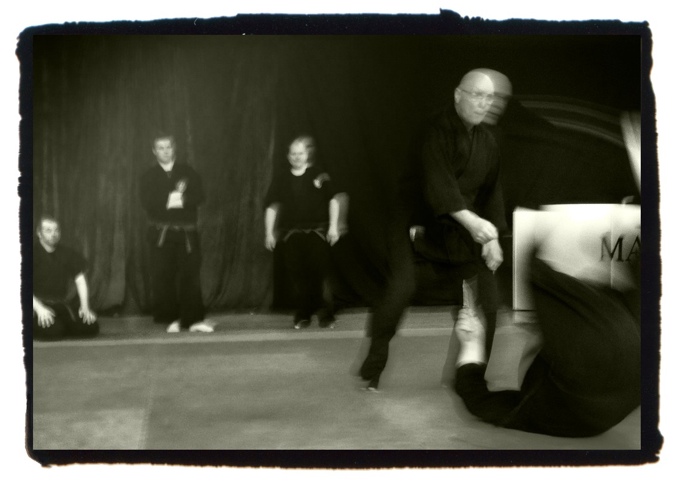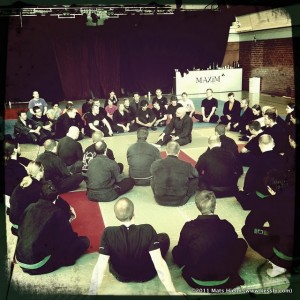From BUJINKAN TASMANIA by Duncan Stewart
http://www.youtube.com/watch?v=rvdE0fHFvdc
I am slowly working on a DVD set based on the Ten Chi Jin Ryaku no Maki. It is not instructional, but will give brief demonstrations ( my interpretation on the day ) of the waza within the Densho.




